
Cloud Payment Platform Creation
AWS" · Stripe · Finicity · React.JS · C# · Typescript · SQL Server · Microsoft Core .Net · Selenium · K6 · SpecFlow
Software development Solution
Quick Penny LLC.
This California-based fintech client required a solution to help online merchants decrease transactional Fees and simplify the way customers purchase online products or services.
The result is an AWS cloud platform that includes a digital wallet, ACH payments, and a reduced Fee alternative compared with credit card payments. We created the entire platform, including the Backend, Integration with third-party systems, Frontend, and Administrative console.
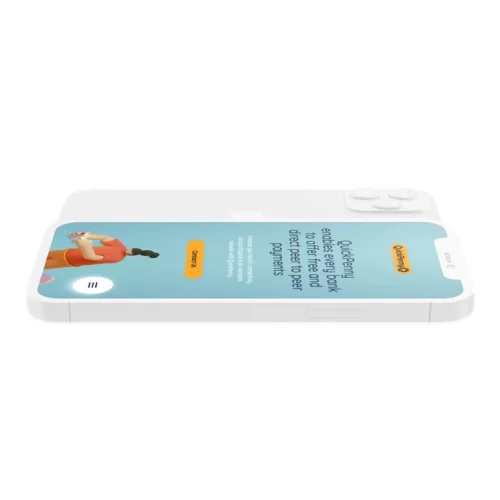
The process to succeed

Discovery stage
We contributed with all processes related to the planning and the definition of the product, including brainstorming procedures, technical aspects analysis and details, business model analysis, creation of the technical specifications, and development plan (SCRUM).

UI / UX Design
We created all design components. It includes the Art direction, wireframes definitions, mockups, clickable prototypes (Invision, Marvel, Adobe XD, and Figma), and User Interface Design for the Administrative Console and Frontend.

Software Development
(Nearshore Software development team): We included the CTO, AWS Architect, Web App developers specialized in React Native, Backend developers, Product Owner, and Scrum Master.

QA and testing
We applied Automated and Manual QA and testing practices, working with platforms like Katalon, Kobiton, Selenium, K6, Specflow, and App Center to fulfill all functional and non-functional specifications.
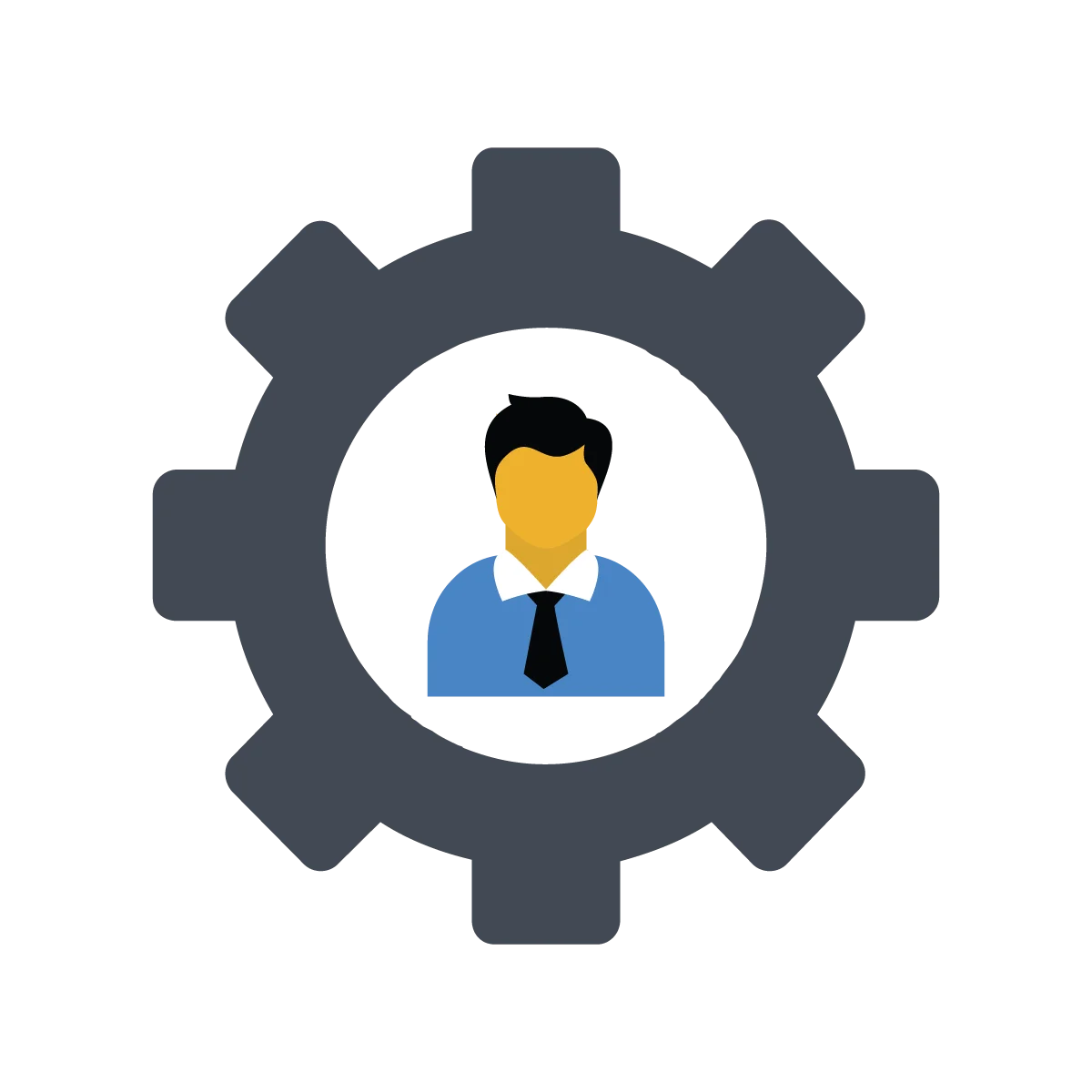
Support
After the product release, we provided the preventive, evolutive, and corrective levels of service to help with the evolution and stability of the product
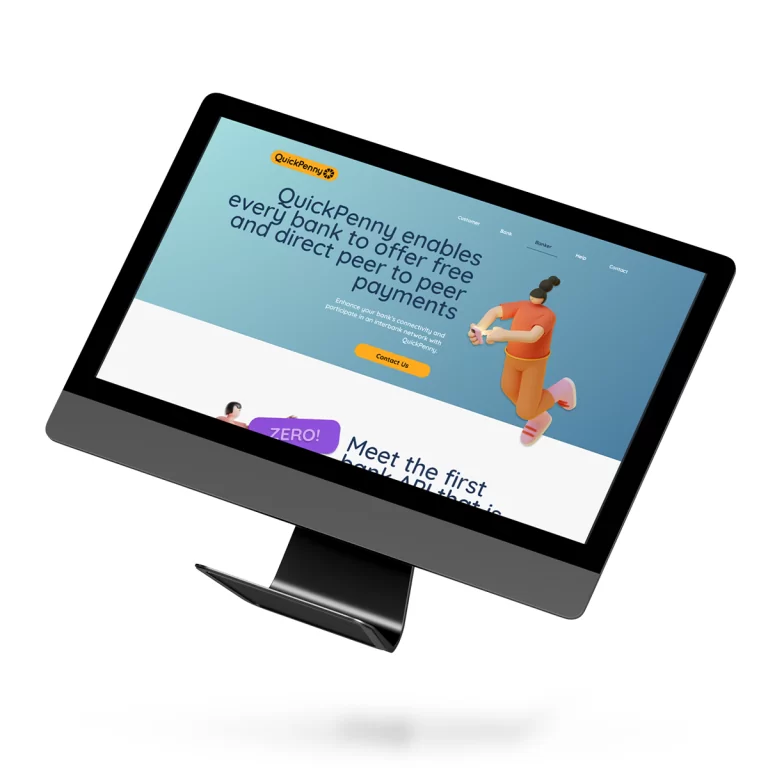
Discovery Stage
Planning and technological scope definitions
We recognize the requirements in-depth. Then, continue with a mutual process with the customer to potentiate, balance, redefine, and arrive at a viable and efficient technological procedure following the next steps and iterations:
1. The description of the main product features.
2. Creation of the high-level specification of the product. 3. Definition of the technical tools and third-party elements for the product to be used (technological allies, APIs, libraries, frameworks, cloud) and technologies to be used.
The deliverable: High-level project documentation.
The team involved: IT+business Senior consultant and Innovation Specialist.
We assembled a complete report of functional and non-functional requirements. The acceptance criteria and technical specifications on the selected technologies to develop the product are the main goals to achieve during this stage.
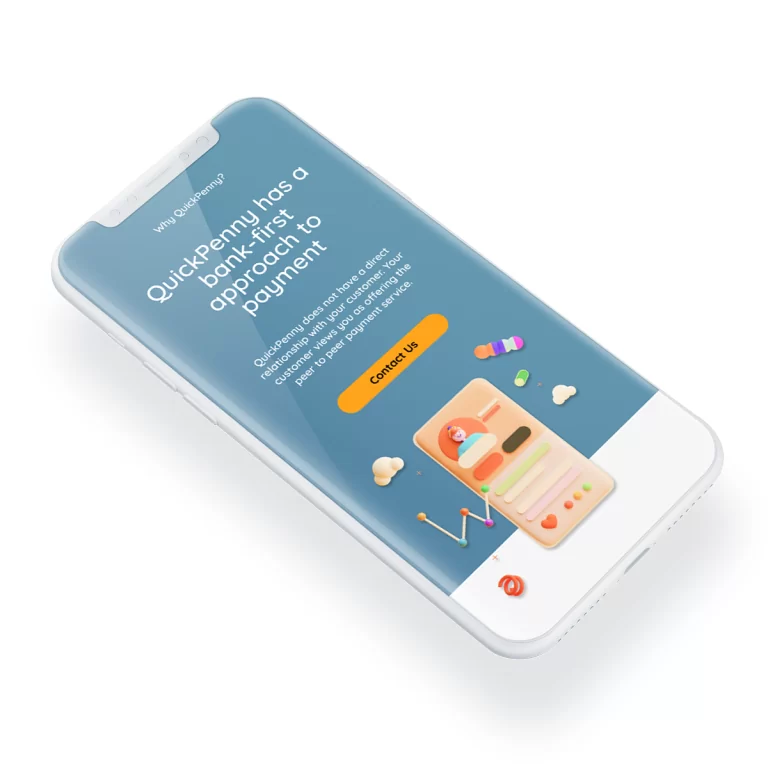
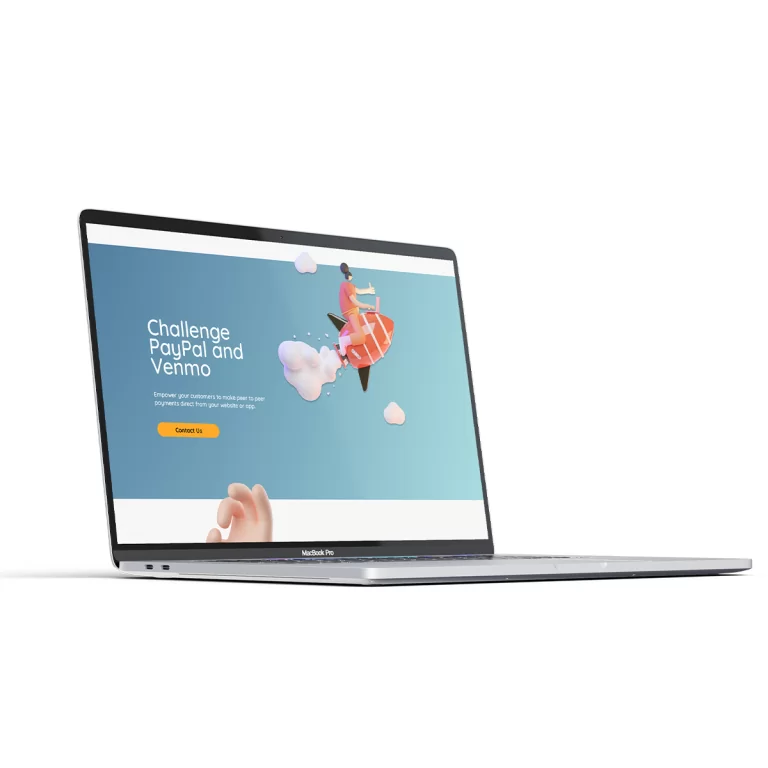
Product Design.
User Interface and User Experience.
Our Arts and design team created the wireframes, user experience design, and user interface design for the Frontend and the Administrative Console, aligned with the client’s feedback, best practices, and requirements. We used FIGMA as one of the designing tools and combined the experience of the art director, UX designers, and UI designers.
The result was a complete prototype that allows interacting users as the future product will. Also, all the design assets are exported and ready to be shared with the developers.
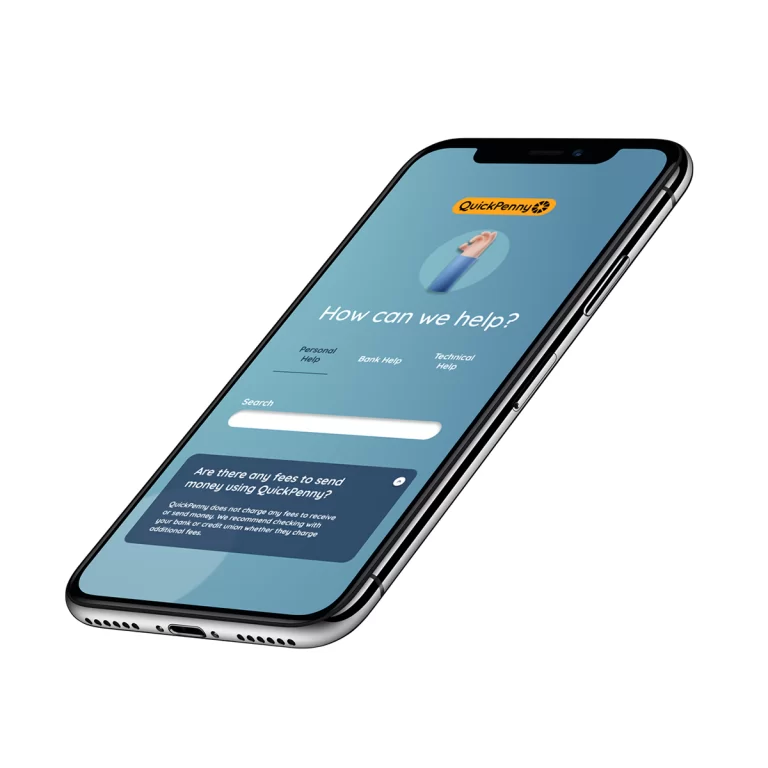
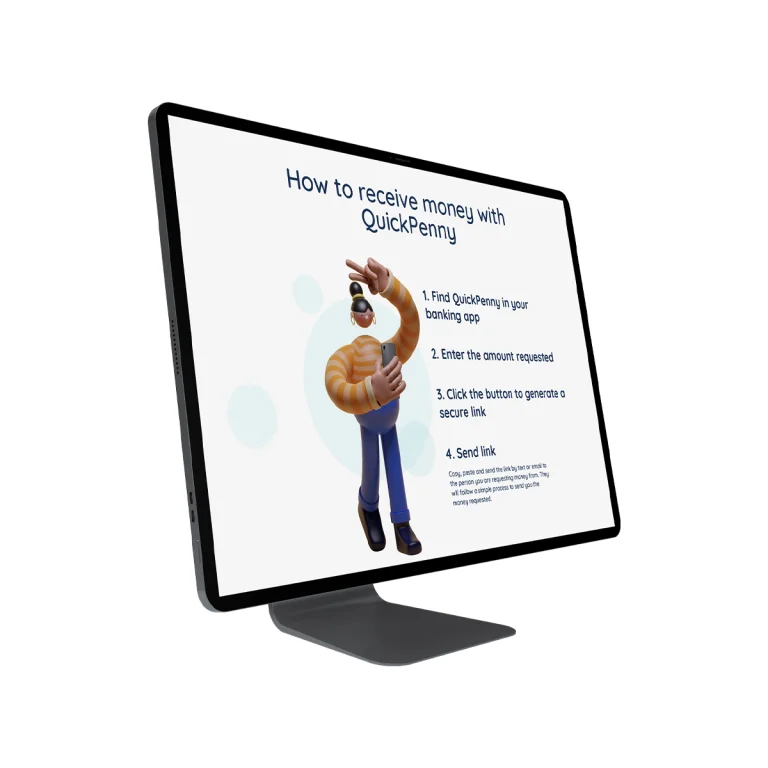
Nearshore Software Development.
Architecture and programming.
Our Software development team Created the AWS architecture following scalability, designs, and established requirements. We included a Backend and Frontend development team working in technologies like Microsoft.Net Core, SQL Server, Javascript frameworks like React.js, Typescript, etc.
We always accompany these processes looking for the most well-built performance.
Nearshore Software Development.
SCRUM, Quality Assurance, and Maintenance services.
SCRUM is our preferred methodology. A DevOps specialist manages the development, and a Product Owner is involved to ensure constant communication and potentialize the product. We work with Azure DevOps to transparently track the development of all stakeholders. We implement Manual and Automated QA and testing techniques for functional and non-functional specs. We work with Postman, Selenium, K6, Specflow, and Azure DevOps to report any issues, errors, or concerns.
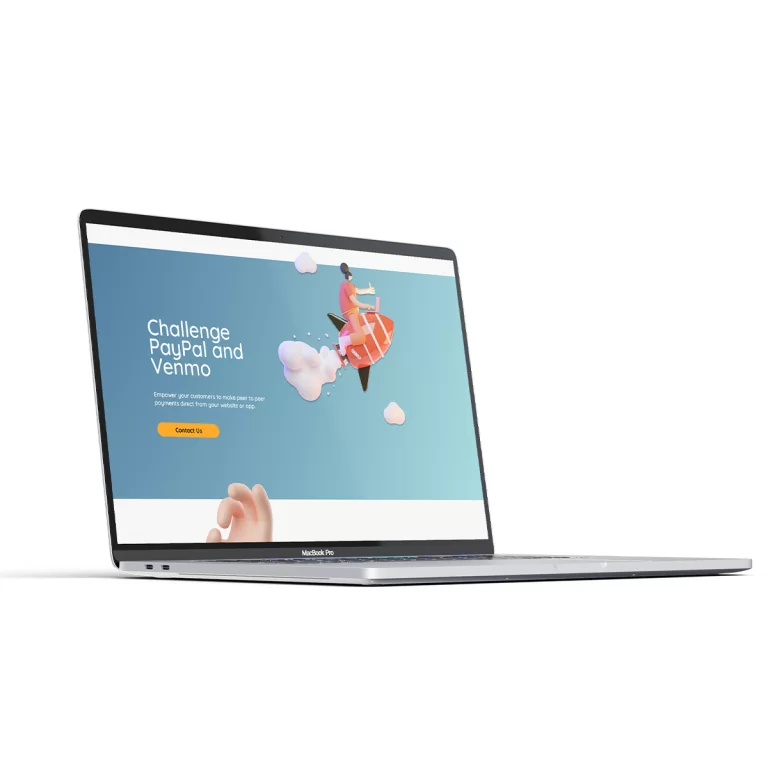

We offer three support levels
1. Corrective Maintenance: Focus on solving any errors or issues detected after the final release.
2. Preventive Maintenance: Focused on monitoring the optimal functioning of the Apps on new OS versions or mobile devices. Also, watching the structure and cloud services implemented to prevent any malfunctioning or App break down.
3. Evolutive Maintenance: Focused on attending to new requirements from the client to improve the functionality of the product or create new utilities.

What our client say about us

" They Are Quite Timely And Are Excellent At Communication And Managing Their Projects. "
- CEO Quick Penny LLC -



